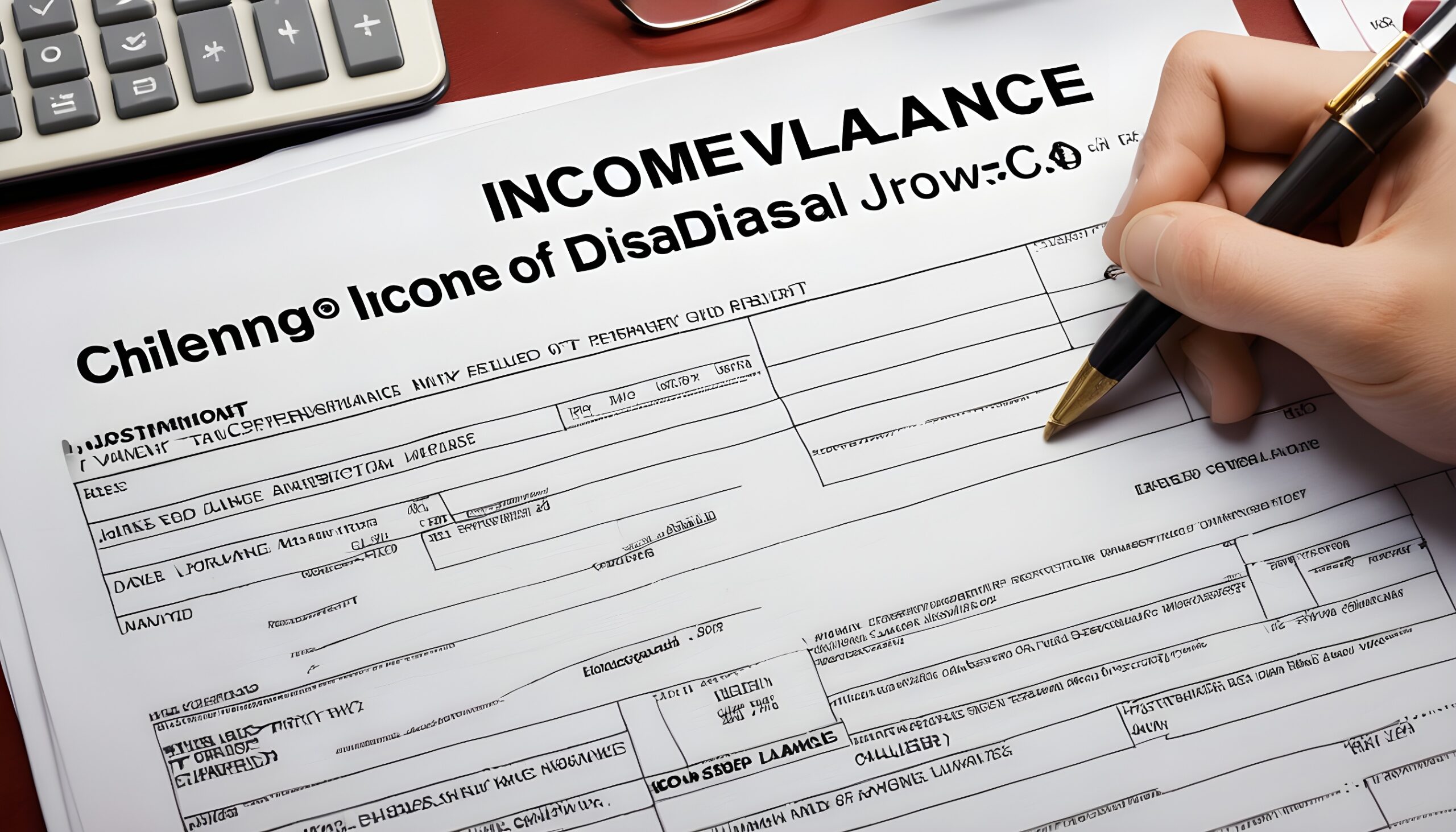Table of Contents
ToggleUnderstanding Earned Income Disallowance: A Comprehensive Guide
Introduction to Earned Income Disallowance
Earned Income Disallowance (EID) is a critical component of social welfare policy designed to support the financial stability of low-income individuals as they transition from welfare to work. This initiative acknowledges the challenges faced by welfare recipients and provides a structured incentive to encourage work without the immediate loss of benefits. By understanding the mechanism and advantages of Earned Income Disallowance, individuals can make informed decisions that maximize their financial opportunities while advancing in their careers.
What is Earned Income Disallowance?

Earned Income Disallowance is a provision under various social welfare programs that allows individuals receiving certain types of government aid to exclude a portion of their earnings when calculating their income for benefits eligibility. This exclusion aims to alleviate the often-discussed “welfare cliff,” where small increases in income result in a disproportionate loss of benefits, thus disincentivizing work.
Historical Context
The concept of EID was introduced as part of welfare reform efforts, particularly under the Temporary Assistance for Needy Families (TANF) program established in the 1990s. The primary goal was to transition welfare recipients into the workforce by making it financially viable for them to accept employment without losing their benefits abruptly.
Key Features of Earned Income Disallowance

Eligibility Criteria
Eligibility for EID typically depends on a recipient’s participation in certain government assistance programs such as TANF, Housing Choice Voucher (Section 8), and others. Criteria can include the type of employment, income level, and duration of benefit receipt.
Calculation Methods
The calculation of EID involves excluding a portion of the earned income from the total income considered for benefits eligibility. For example, in the case of the Housing Choice Voucher program, 100% of any increase in earned income may be disregarded in the first year of employment, and 50% in the second year. This phased approach helps individuals gradually adjust to the new financial circumstances.
Benefits of Earned Income Disallowance
Encouraging Work and Reducing Dependency
By reducing the immediate financial impact of increased earnings on benefits, EID encourages individuals to seek and maintain employment. This supports the broader goal of reducing dependency on welfare programs and promoting self-sufficiency.
Smoothing the Transition into the Workforce
EID provides a buffer period during which welfare recipients can adapt to their new financial situation, develop job stability, and potentially advance in their careers without the immediate stress of losing critical support.
Supporting Long-term Financial Planning
With the security provided by EID, individuals can engage in long-term financial planning, including saving, investing in education or training, and improving their overall economic situation.
Challenges and Limitations of Earned Income Disallowance

Awareness and Complexity
One of the major challenges associated with EID is the lack of awareness among potential beneficiaries. Additionally, the complexity of eligibility and calculation rules can make it difficult for recipients to take full advantage of the program.
Variability Across Jurisdictions
EID rules can vary significantly between different states and programs, creating inconsistency in how benefits are applied and potentially leading to confusion among recipients.
Potential for Disincentives
While EID is designed to encourage work, it may also create disincentives to further income increases beyond the disallowance period, as recipients might face substantial reductions in benefits once the EID benefits expire.
Future Directions
Policy Enhancements
Efforts are ongoing to simplify and standardize EID provisions across various programs to increase their accessibility and effectiveness. This includes legislative proposals to extend the disallowance periods or to modify the rates of income disregard.
Technological Improvements
Advancements in technology could provide more straightforward and user-friendly ways for individuals to apply for and manage their EID benefits, ensuring they receive the support they are entitled to without undue administrative burden.
Conclusion
Earned Income Disallowance represents a vital policy tool in the quest to balance the need for immediate financial support with the long-term goal of economic independence for low-income individuals. As policies evolve and improve, it is crucial for stakeholders to engage in continuous dialogue and reform to ensure that EID serves its intended purpose effectively and equitably.
By carefully designing and implementing Earned Income Disallowance policies, governments can significantly contribute to the reduction of poverty and enhancement of economic opportunity for the most vulnerable populations, ultimately leading to a more inclusive and prosperous society.
for more ………. Click here
apkearnings
Related Posts
- 2 months ago
- 9 months ago
- 2 months ago





